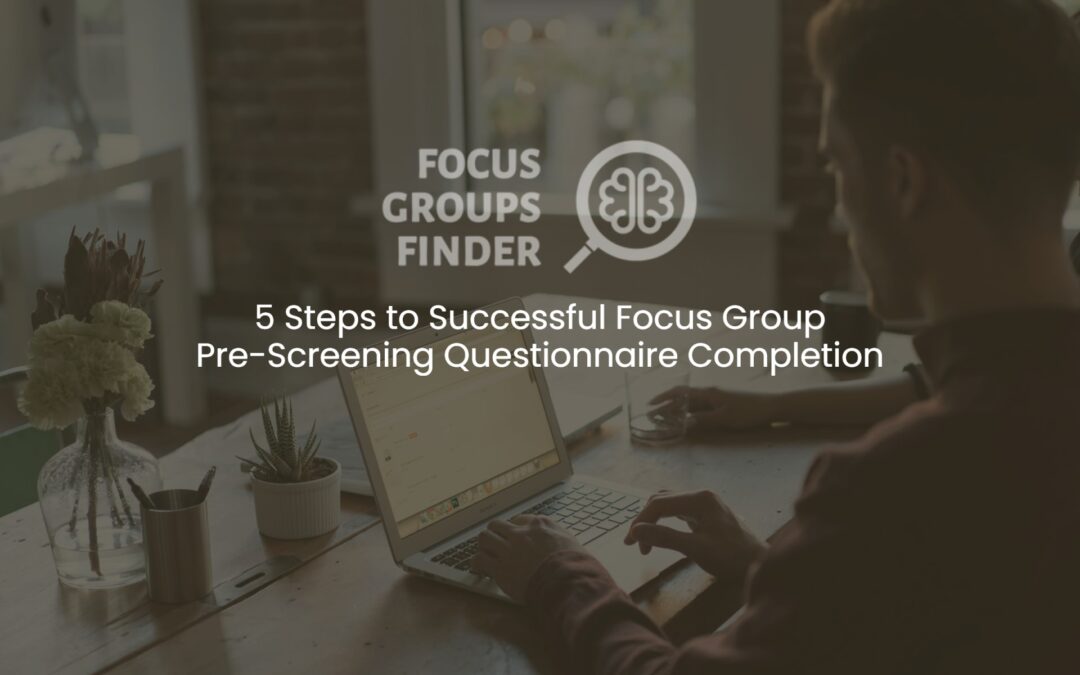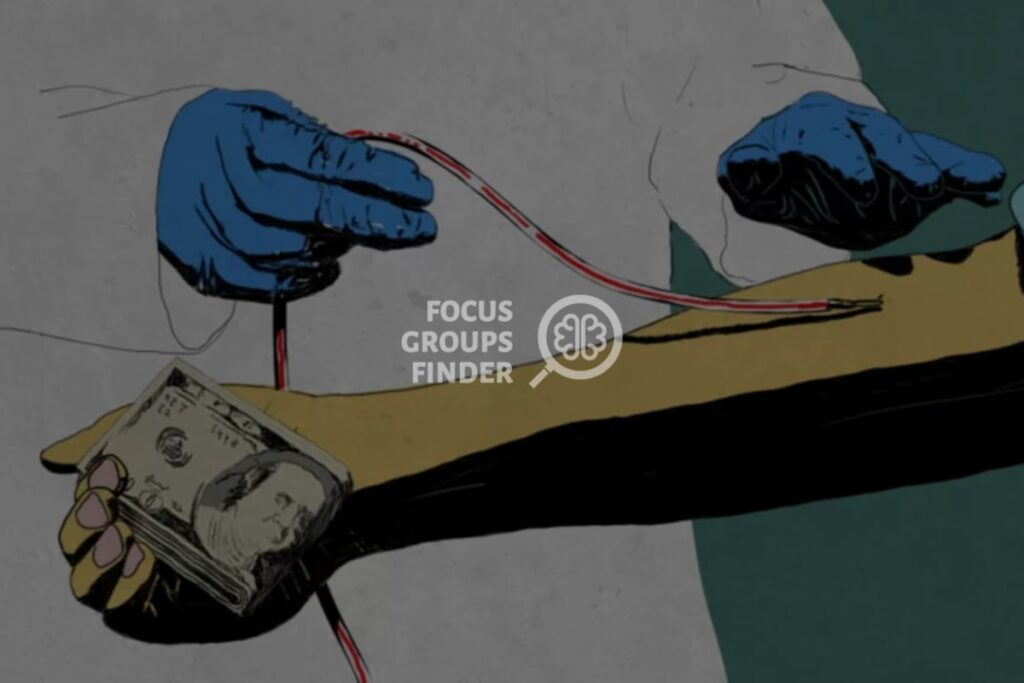
How to find a cure for cancer or AIDS if there are no people willing to undergo experimental treatments? And who are these volunteers? What motivates them to do it? What are they really exposed to?
Thousands of paid clinical trials are conducted in the United States each year.
There are a large number of volunteers willing to participate in these experiments. Some are migrants and low-income people looking for ways to pay for basic expenses like housing, food and transportation.
The big pharmaceutical companies in the US – known as Big Pharma – cannot put their products on sale if their efficacy and safety have not been previously tested in humans. They also have to have a green light from the US Food and Drug Administration (FDA).
Thanks to these studies, important advances are made in the treatment of all kinds of diseases , saving the lives of millions of people around the world.
But this research with humans also carries risks, although not all these “guinea pigs” are exposed to them.
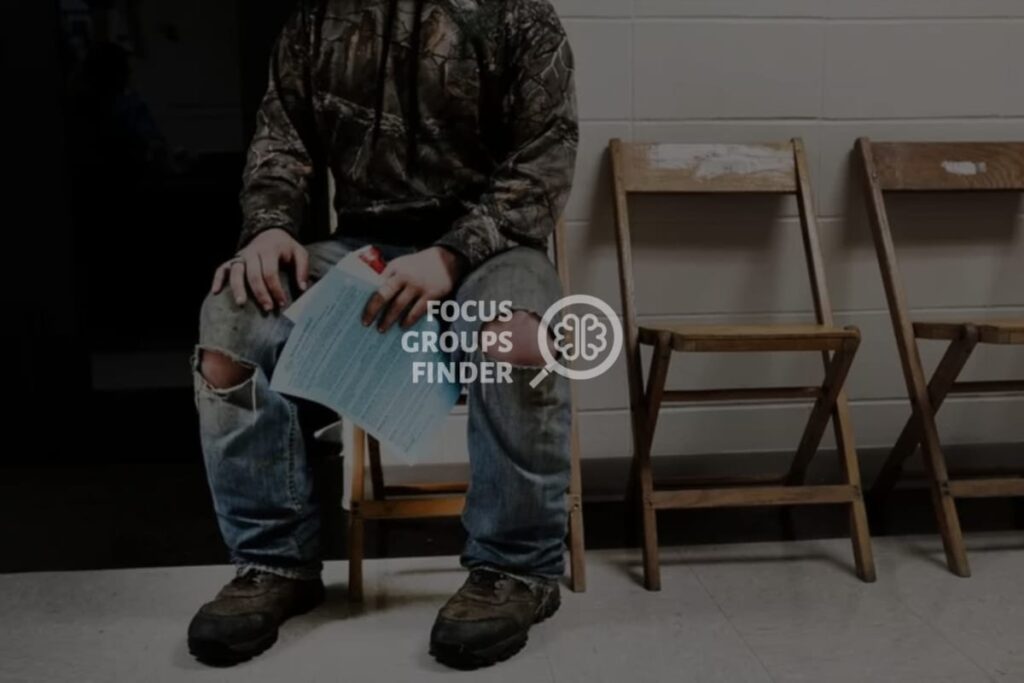
While phase one studies can potentially be more dangerous—since their volunteers are the first humans to test those drugs or treatments—phase two, three, and four typically involve no more than a few side effects like nausea, hair loss, , skin rashes or blurred vision.
This is the testimony of a 49-year-old Cuban citizen whom we will call “L.”, and who emigrated to Miami (USA) in 2013.
That same year, due to serious economic difficulties, he signed up as a volunteer in his first study.
Since then he has traveled half the country, from one clinic to another, participating in all kinds of clinical studies in exchange for money.

This is my philosophy: I am not very afraid of death, nor very attached to life.
If something happens to me for something that was voluntary, then to hell: I was screwed.
Maybe when I’m dying in bed I’ll regret having put my health at risk to earn $6,000 in 15 days.
Where do you earn so much money in such a short time in Miami?
The first clinical study I did was for an emergency situation. She lived alone, in a 4×4 room inside a trailer home. She worked as a journalist for a digital publication that went bankrupt.
I had $250 left in my pocket and I had nothing to pay the rent with.
A Cuban friend had been doing paid clinical studies for about six years. She made a living that way because she didn’t like working for the gringos. “The gringos are exploiters,” she told me.
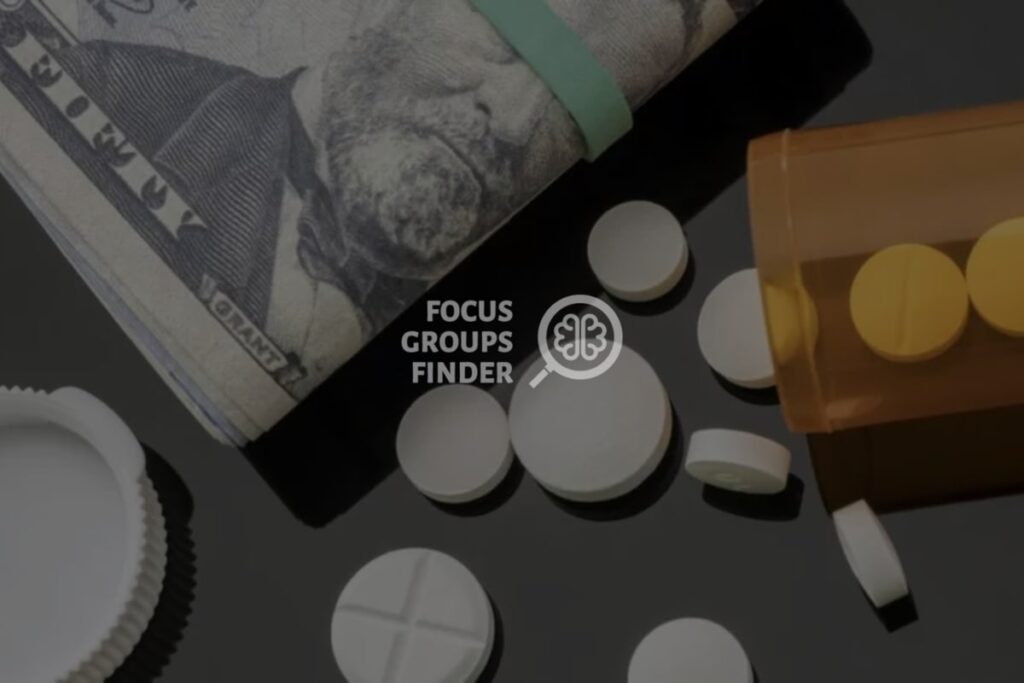
My friend was homeless. She lived from hospital to hospital, undergoing a study practically every month. For example, if the study lasted 20 days, she lived there that time and when she left she stayed the remaining ten days of the month at a relative’s house.
They paid him very well. Sometimes, he told me, he could earn US$6,000 for just 15 days of hospitalization. I used to criticize her. I laughed at her. She told him that she was a lab rat.
But as often happens in life, there are times when a blow comes to your head and you say: where do I get money from?
I remembered my friend and called her. She gave me the address of a clinic in Miramar (Florida, USA).
The pill “does nothing”
I did my first study there, in 2013. There were 180 people, almost all Cuban immigrants who had just arrived in the US. Not a single American.
I myself had just immigrated to South Florida. I had left Cuba for Spain, and from Spain for Canada, where I crossed the border.
The study paid US$2,800 to each volunteer for ten days of admission.
A few days earlier I had shown up at the clinic with my ID and social security number. They registered me in the database and told me that they would contact me.
Two or three days later they called me. The study was about an oral tablet that they were about to bring to market. The woman on the phone told me that the pill “didn’t do anything.”
Newcomers are always told this. They usually never warn you that the medicine can be bad.
At most they tell you about side effects such as itching, diarrhea, nausea or headache. When you go for the first time they don’t care, because they don’t know you.
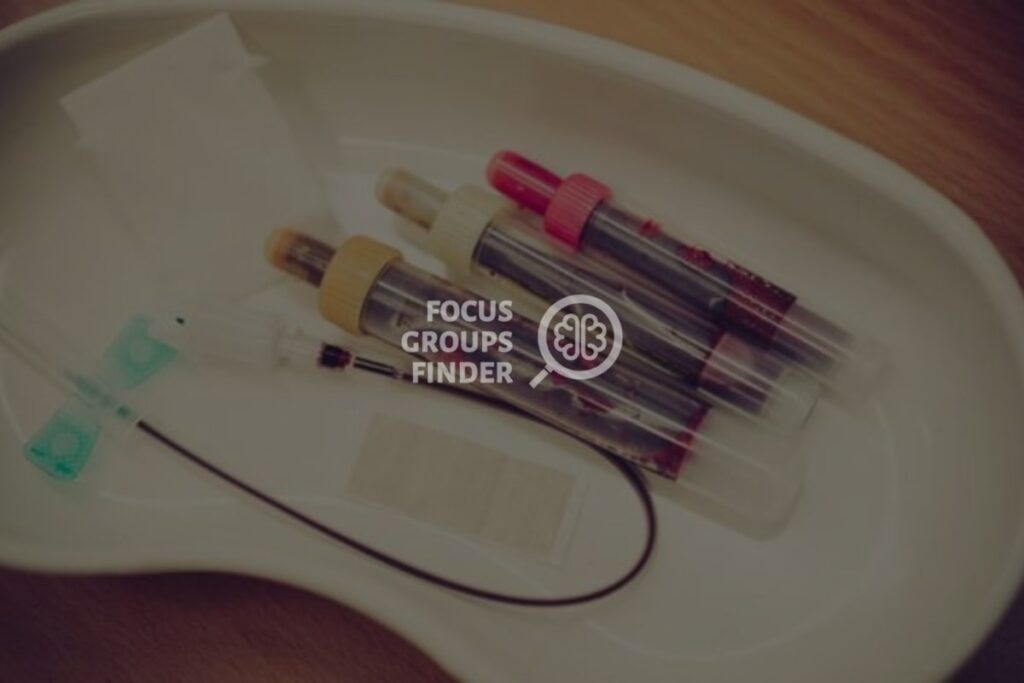
But when you have been to the same clinic several times and become familiar with them, they often advise you not to take any specific medication if there have been people who have vomited or fainted in the previous phases.
I entered the clinic a few days before the study began. There they explain to you how many blood draws they will do in total and they make sure that you have not used drugs or alcohol before entering.
The day you are first given to take the tablet is known as PK. That’s when the most blood is drawn from you.
They can prick you every 15 minutes for the first four or six hours, to see the impact of the medicine on your body.
Since you are not allowed to leave the hospital, what the volunteers do in their free time is watch TV or play dominoes or chess. Others make jokes, talk shit, share their stories.
Sex is not allowed and women sleep separately from men. You also can’t eat more than the breakfast, lunch and dinner they give you.
If they catch you doing any of that, they take you out of the clinic and you don’t get paid.
Earn money
When the study was over they gave me the check and I left. I felt relieved… but not because it was over, but because I had money.
I was also glad that nothing had happened to me. The only thing he had was some bruises on his forearms.
That was the most painful, besides the fact that I had to sell my blood to survive.
I went home and paid the rent. My room was about $500 a month. I bought food and the remaining money was enough for several months of rent.
When I told my friend about it, she was happy. I was too. I have always thanked him for giving me the “light”, because in this city it is often difficult to find a way to earn money.
In that first studio I met “Nica”. They called him that because he was from Nicaragua. I made fun of him because of the scars on his forearms, from having spent so many years pricking himself.
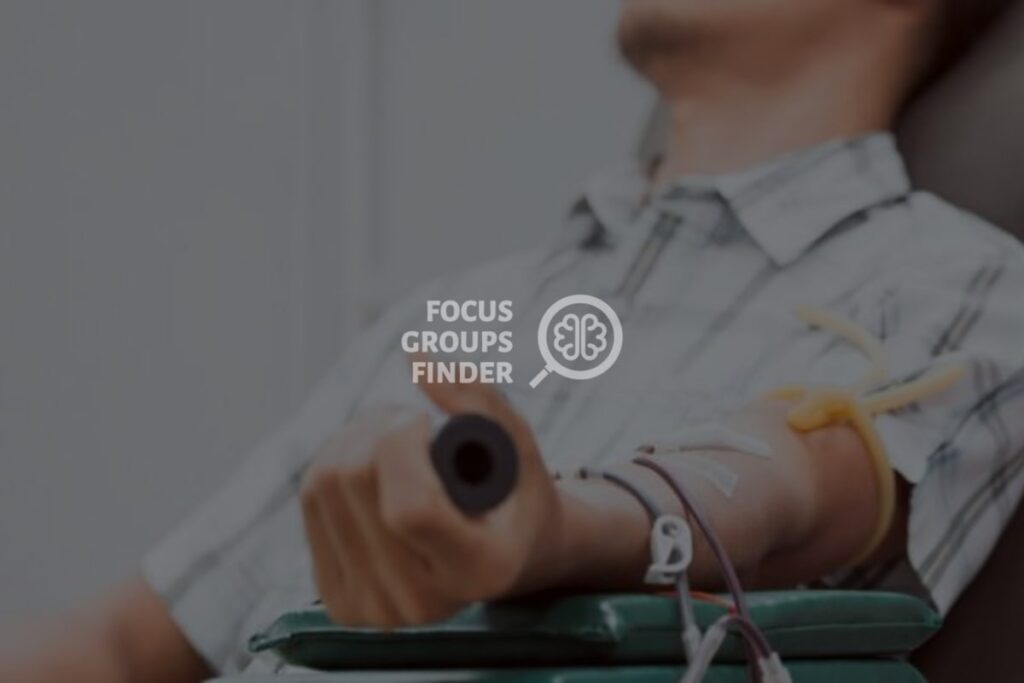
He told me: “Make fun of it, if you keep doing this you’ll have them one day too.” Indeed (he says as he shows the dot marks on his forearms).
El Nica told me that in a few days they would need volunteers for another study in Daytona.
They paid US$6,390 for 18 days.
When you get into this, 15 days after leaving one you already start looking for the next one.
In February 2014 I did the second.
It was a pill too. That study was so good that Nica, who had been in this for more than 15 years, said that it was the best that had been done.
The first day they gave us the pill at eight in the morning and between then and ten at night they only drew blood four times . The rest of the days it was just a daily extraction.
Nica was a good person, but he was ugly as hell. He liked young girls and he was walking with a photo of an 18-year-old girl. She said that she was in love with him and that they were going to get married.
I told her: “Nica, that’s because you have tickets.”
For five years I was doing studies, at a rate of six or seven a year. During 2014 and half of 2015 I supported myself only with what I earned in the clinics.
I’ve been to Florida, Arizona, Texas, Illinois, Wisconsin. I ‘ve been through the US by road to enter the clinics.
In 2015 I started with my wife and moved into an apartment with her.
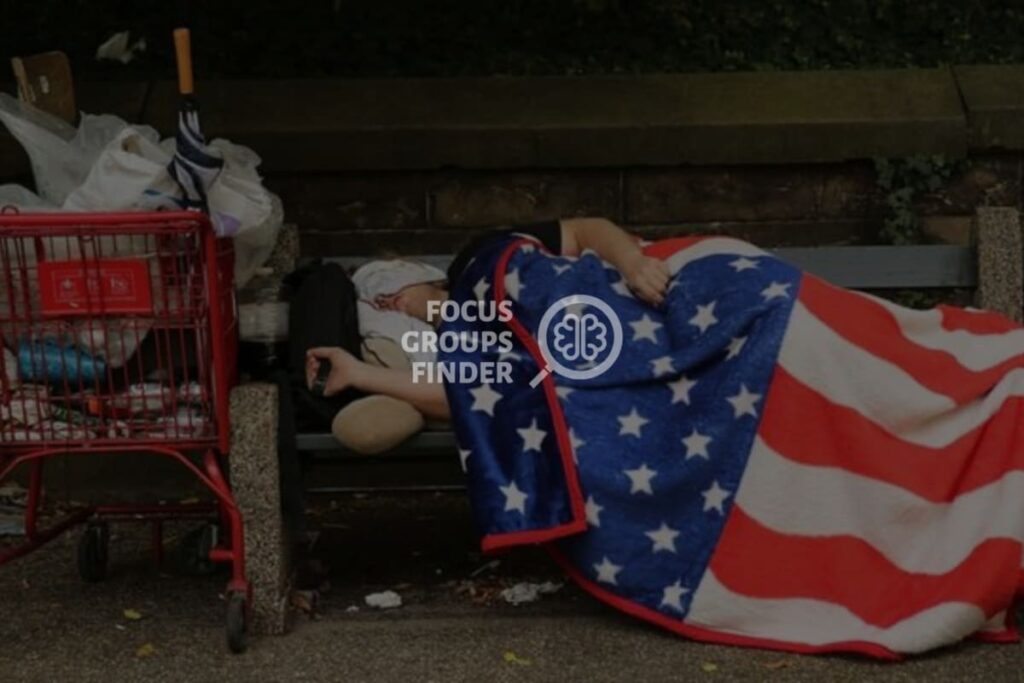
My wife and many people told me that clinical studies were a health risk, that it shouldn’t come to that, that I had the talent to survive with something else. That it was preferable to be earning US$8.46 an hour.
In Miami there are people who earn good money, but there are many others who work for the minimum wage and do not even make US$2,000 a month.
People who work for minimum wage in a city like this have to put in more than 40 hours a week to make a living . In part, that’s why it’s been hard for me to adapt here.
If you arrive in this country when you are 14 or 15 years old, you have a life ahead of you. But I arrived with more than 40.
At that time what you want is to rush things. Find the time, the place, the person to show that you have the knowledge to do something. One needs to move at a different pace.
In all the places I have been, my bosses have realized that I work a lot, that I express myself well, that I am polite. But I have not seen a prosperity.
That is why I think that the studies are a good economic aid and the phase three or four studies, which are the ones I have done, are not as dangerous as is believed. Although my wife knows the case of a man who lost an eye.
People are also needed to help science test new medicines. I feel useful in that sense, but what has motivated me the most is money.
18 days of diarrhea
Every time I came back from a clinic, my wife told me that I was a little upset. According to her, it lasted two or three days, although I didn’t notice it.
The friend who introduced me to rehearsals was dumped by her boyfriend because, according to him, her skin smelled of medication all the time. to chemicals. She had been doing practically a monthly study for many years.
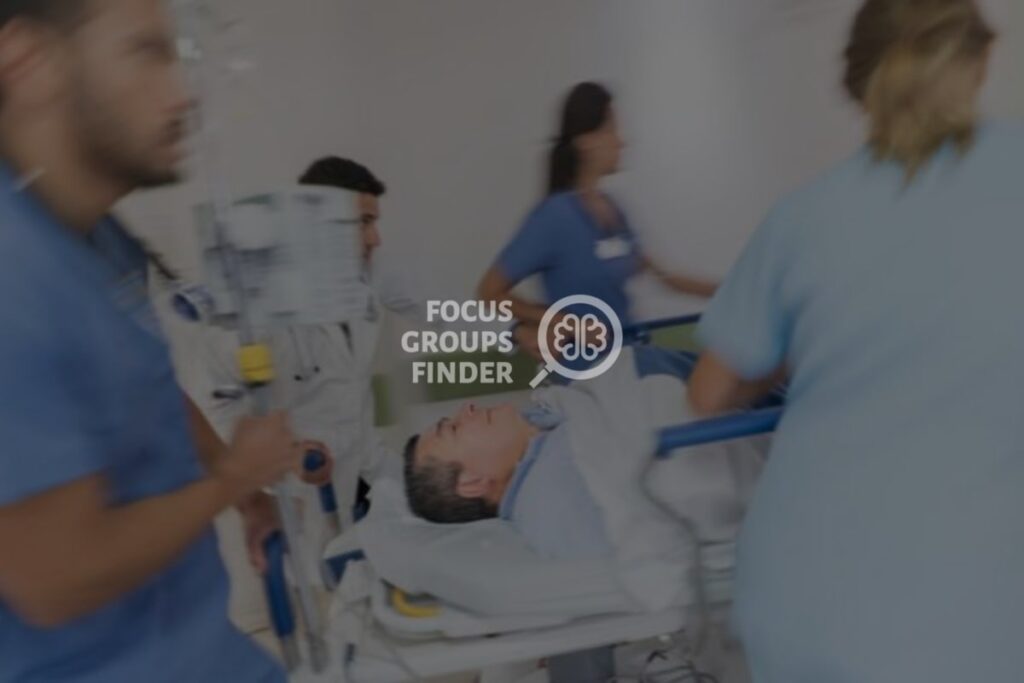
I remember the time she underwent one that left her with a cold and coryza (irritated nose) for several months. She got so scared that she stopped for a while.
I’ve never been in a studio where something bad happened to someone. I have had friends who have passed out and had to leave the studio. If you pass out or vomit the pill , they take you out. They only pay you the night you were admitted and you screwed up.
For any contingency, there is always a doctor or nurse nearby.
Of course, in 2017 I participated in a study in Dallas, Texas, which paid US$7,000 for 23 days of admission. Of those 23, I was at least 18 with diarrhea.
It was not a bad study, because I only had blood drawn twice a day. But I had a lot of diarrhea and I returned home very skinny.
I have never been afraid of the long-term effects of the medications I have been subjected to, but I have rejected two studies.
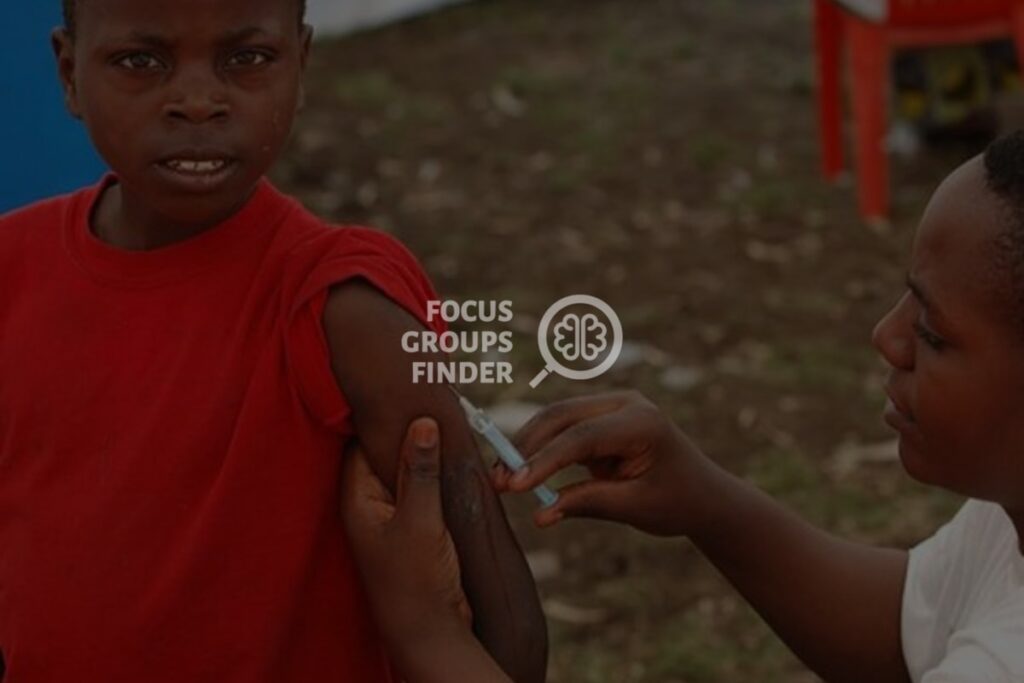
I didn’t do the first one because the medicine hadn’t been tested on humans before and when it was tested on rats it had caused palpitations and liver inflammation . They also paid very little. About US$4,950 for 20 days. That is not convenient.
The other I rejected because they took too much blood. They didn’t pay badly, but it was too much.
When they take a lot of blood, your hemoglobin drops a lot and so they don’t admit you to any clinic.
I spent almost the entire last year with low hemoglobin. Every time I had the medical exams to enter a study, I had it at about 12.8.
To be accepted in a clinic, those values have to be above 13 on average. Some people recover hemoglobin quickly. Others don’t. I recover very slowly.
For this reason, many times I have had to reinforce my diet (eating a lot of beef, eggs, spinach, broccoli) in order to get into the next study.
Goals
In the beginning, with each studio I had a goal. They were small goals.
First buy the car, then a new computer. Then take a trip to Orlando with my wife. Go to Mexico. To Costa Rica. To Spain.
In the end we never went to many of those places. I did buy the car.
It is incorrect to think that everyone who undergoes clinical studies is poor.
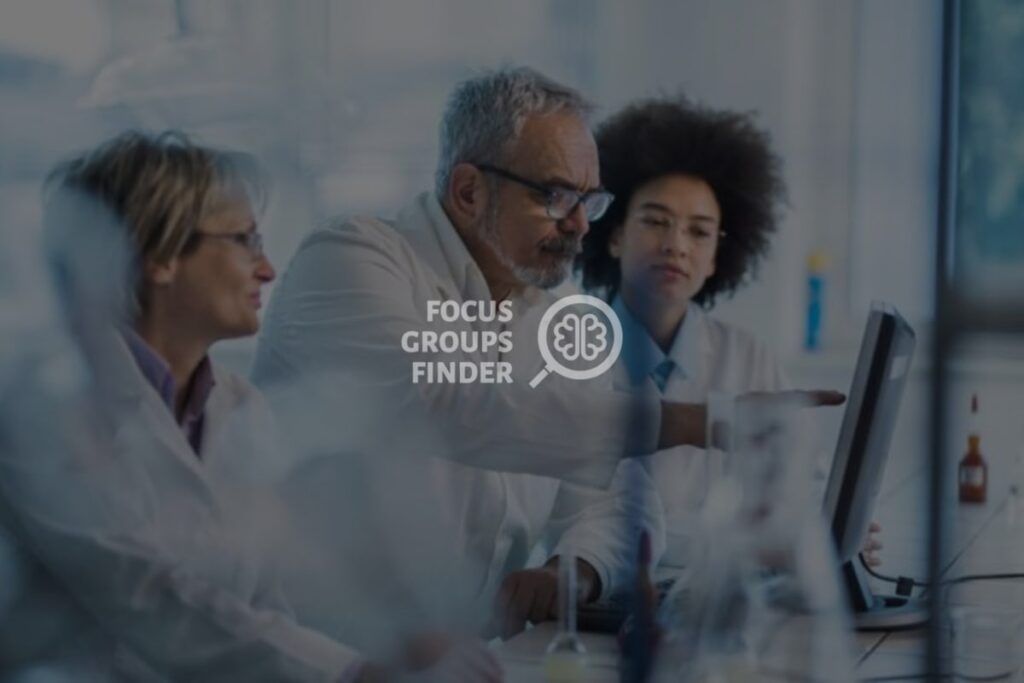
There are many who do it out of necessity, obviously. Once I met a boy who was studying to become a neurologist, and that was how he was paying for his studies.
But others what they want is to pay for luxuries. I’ve seen people show up at clinics in Mercedes-Benz and full of gold chains.
What I like to do with the money I earn at the clinics is eat at restaurants. I also take the opportunity to save, thinking about what may come.
I am already 49 years old and when you pass 55 there are very few studies left that admit you . The ages for which there are more are in the range of 18 to 45.
The person who wants to live from this has a limited time.

